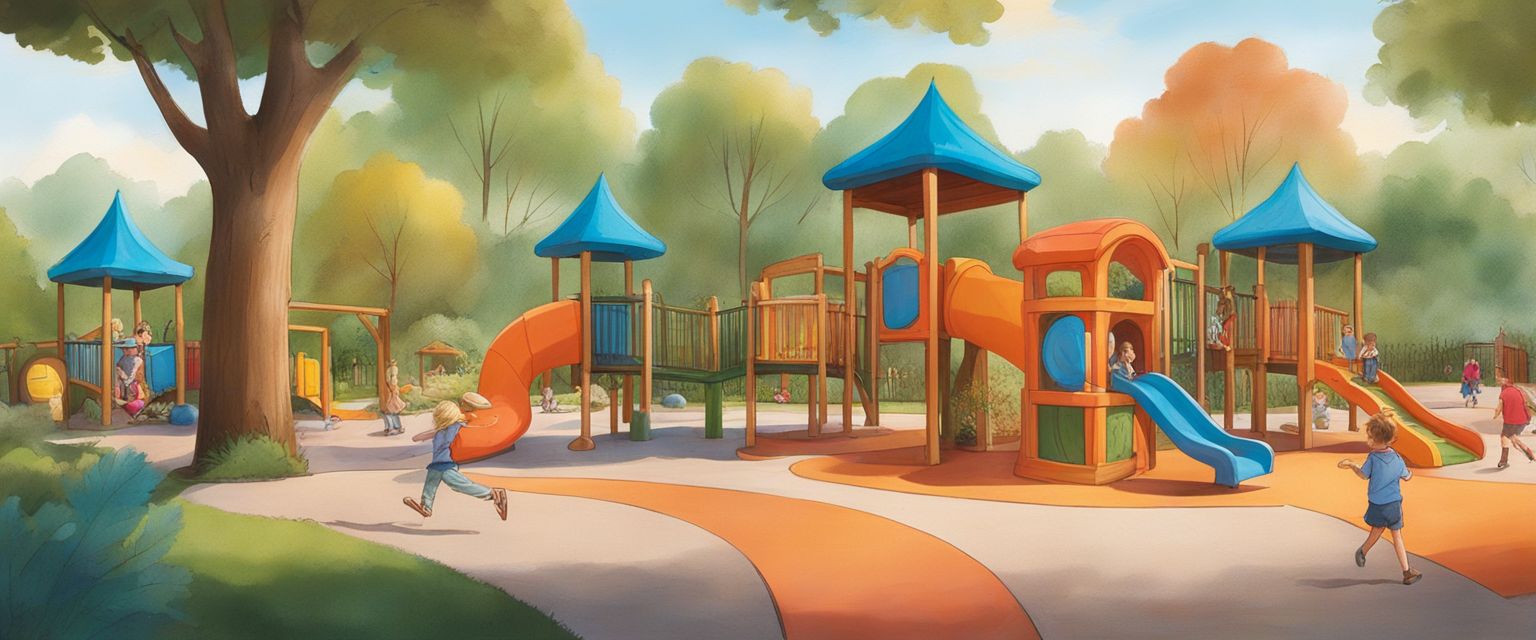
Imagine a world where every child, regardless of their abilities, can explore, play, and connect with nature in spaces designed just for them. This dream is becoming a reality through the creation of adapted play spaces like sensory parks, therapeutic gardens, and outdoor activities tailored for children with diverse needs. These environments not only provide fun and adventure but also offer therapeutic benefits that can profoundly impact the lives of children with autism and other sensory processing disorders. For more insights on managing sensory challenges, read our article on sensory overload.
The Magic of Sensory Parks
Sensory parks are specially designed playgrounds that stimulate the senses through a variety of activities and equipment. These parks often include features like textured pathways, musical play structures, and water elements that engage children in a multi-sensory experience. By offering a range of sensory inputs, these parks help children develop their sensory processing skills in a safe and enjoyable environment.
One of the key aspects of sensory parks is their inclusive design. Unlike traditional playgrounds, which may segregate children with disabilities, sensory parks are built to be accessible to all. This inclusivity fosters social interaction and understanding among children of all abilities, creating a more harmonious and accepting community.
For example, the inclusive playground equipment from Playlsi offers a variety of sensory-rich activities that cater to different needs. From tactile panels to musical instruments, these features provide endless opportunities for exploration and learning.
Therapeutic Gardens: Nature's Healing Touch
Therapeutic gardens are another innovative approach to creating adapted play spaces. These gardens are designed to provide a calming and restorative environment for children with sensory processing disorders. By incorporating elements like fragrant flowers, textured plants, and soothing water features, therapeutic gardens offer a peaceful retreat where children can relax and engage their senses.
Research has shown that spending time in nature can have a profound impact on mental health and well-being. For children with autism, therapeutic gardens can provide a safe space to decompress and self-regulate. The natural environment encourages exploration and curiosity, helping children develop a deeper connection with the world around them.
In addition to their sensory benefits, therapeutic gardens also promote physical activity. Walking along winding paths, climbing over natural obstacles, and engaging in gardening activities can help improve motor skills and coordination. These gardens offer a holistic approach to therapy, addressing both the mind and body.
Outdoor Activities: Embracing Adventure
Outdoor activities play a crucial role in the development of children with sensory processing disorders. Activities like hiking, biking, and nature scavenger hunts provide opportunities for physical exercise, sensory stimulation, and social interaction. These adventures encourage children to step out of their comfort zones and embrace new experiences.
One popular outdoor activity is the use of sensory trails. These trails are designed with various sensory stations along the way, offering activities like balance beams, tactile walls, and auditory experiences. Sensory trails provide a structured yet flexible environment where children can engage with their surroundings at their own pace.
Another exciting outdoor activity is gardening. Planting flowers, vegetables, and herbs not only teaches children about nature but also provides a sensory-rich experience. The textures of the soil, the colors of the plants, and the scents of the herbs engage multiple senses, making gardening a therapeutic and educational activity.
Integrating Technology: The Role of Sensory Lights
Technology can also play a significant role in creating adapted play spaces. Sensory lights, for example, offer a unique way to engage children with autism. These lights provide visual stimuli that can capture children's attention and interest, creating a captivating sensory experience.
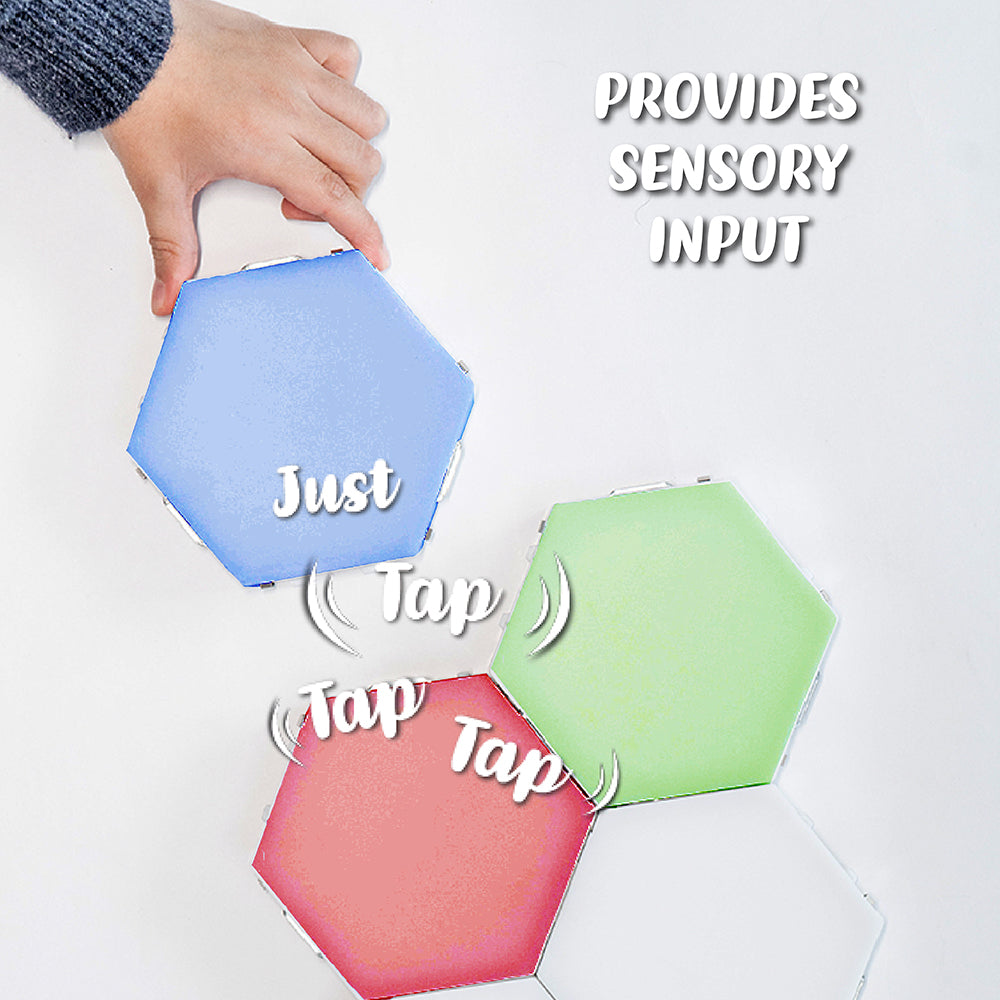
TAP-TAP Sensory Lights: With a few simple taps, these sensory lights have the ability to transform any space into a stimulating, enjoyable, and sensory room for kids, providing visual stimuli that can capture kids' attention and interest. Simply swipe across the areas you want to turn on and swipe again to turn off.
These sensory lights can be integrated into various play spaces, from sensory rooms to outdoor play areas. They offer a versatile tool for creating engaging and therapeutic environments that cater to the unique needs of children with autism.
Creating Community Through Inclusive Play
One of the most significant benefits of adapted play spaces is their ability to bring communities together. By designing inclusive environments, we create opportunities for children of all abilities to interact, learn from each other, and build friendships. These interactions help break down barriers and foster a sense of belonging and acceptance.
Inclusive play spaces also provide valuable support for families. Parents of children with disabilities often face challenges in finding suitable recreational activities. Adapted play spaces offer a safe and welcoming environment where families can enjoy quality time together, knowing that their children are in a supportive and understanding setting.
Organizations like Bright Autism are leading the way in promoting inclusive play. By offering resources, products, and support, they help families create sensory-friendly environments that cater to the unique needs of their children.
As we continue to innovate and create adapted play spaces, we must remember the importance of inclusivity and accessibility. Every child deserves the chance to play, explore, and connect with the world around them. By designing environments that cater to diverse needs, we not only enhance the lives of children with disabilities but also enrich our communities as a whole.
In the end, the goal of sensory adventures is not just to create fun and engaging play spaces, but to build a world where every child feels valued, understood, and included. Through the magic of sensory parks, therapeutic gardens, and outdoor activities, we can create a brighter, more inclusive future for all children.
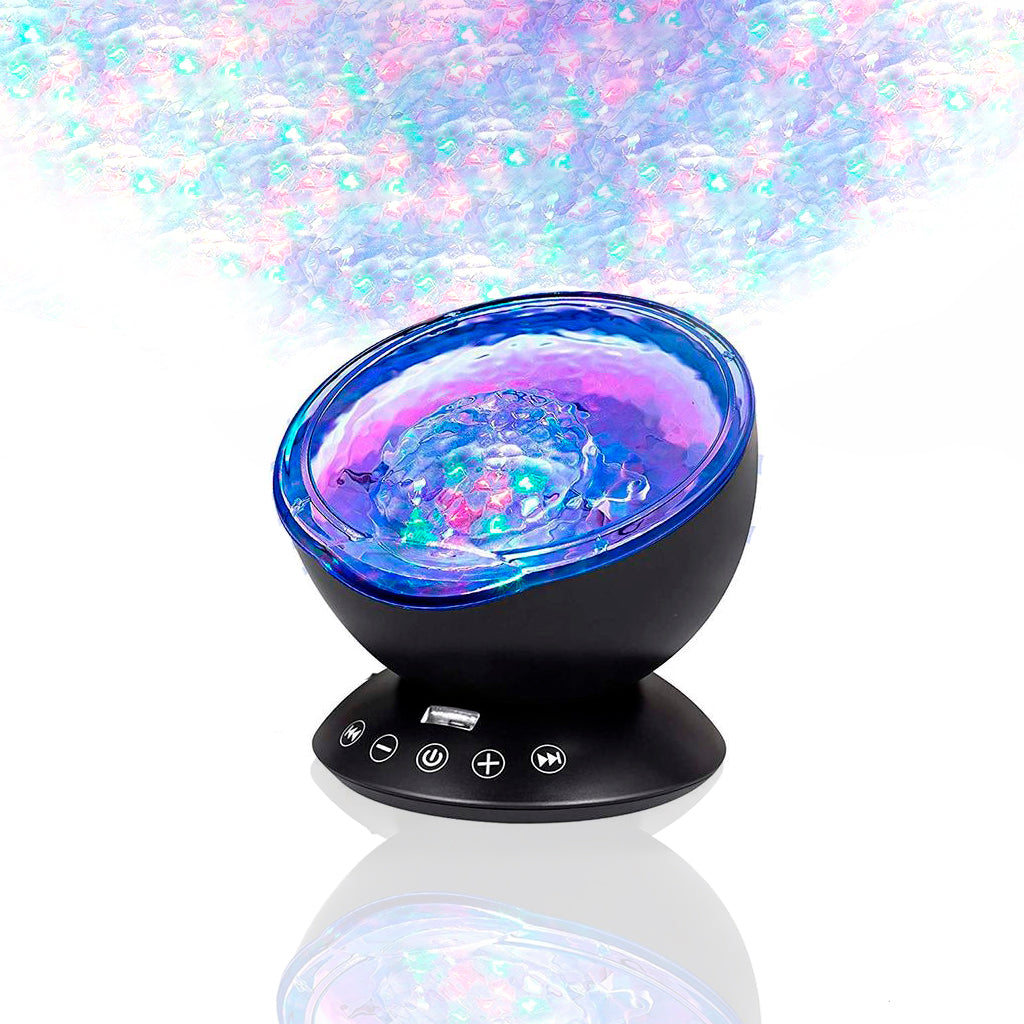
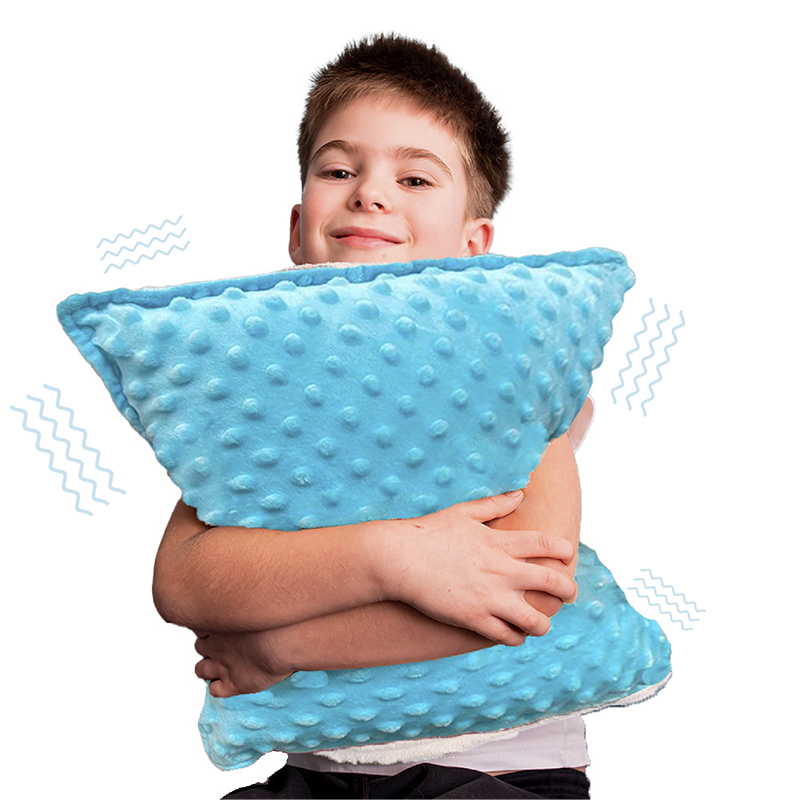
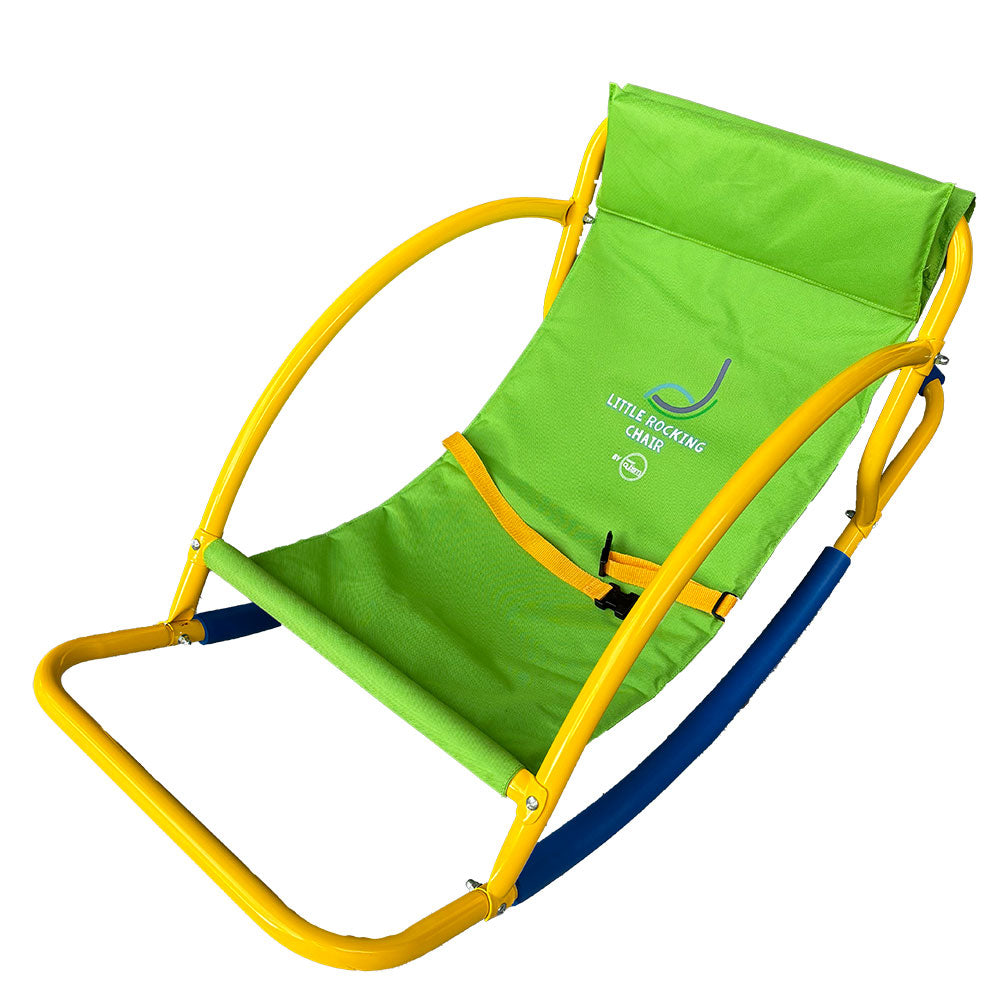
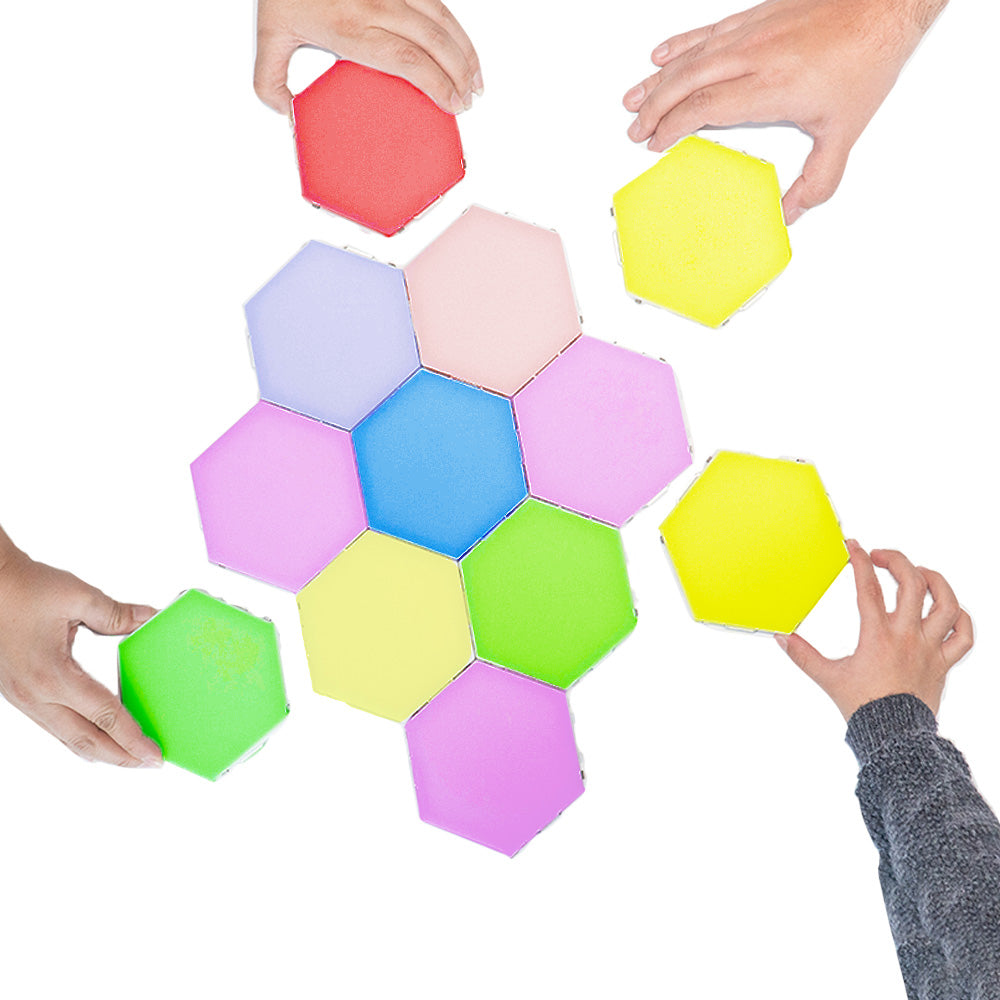






Leave a comment